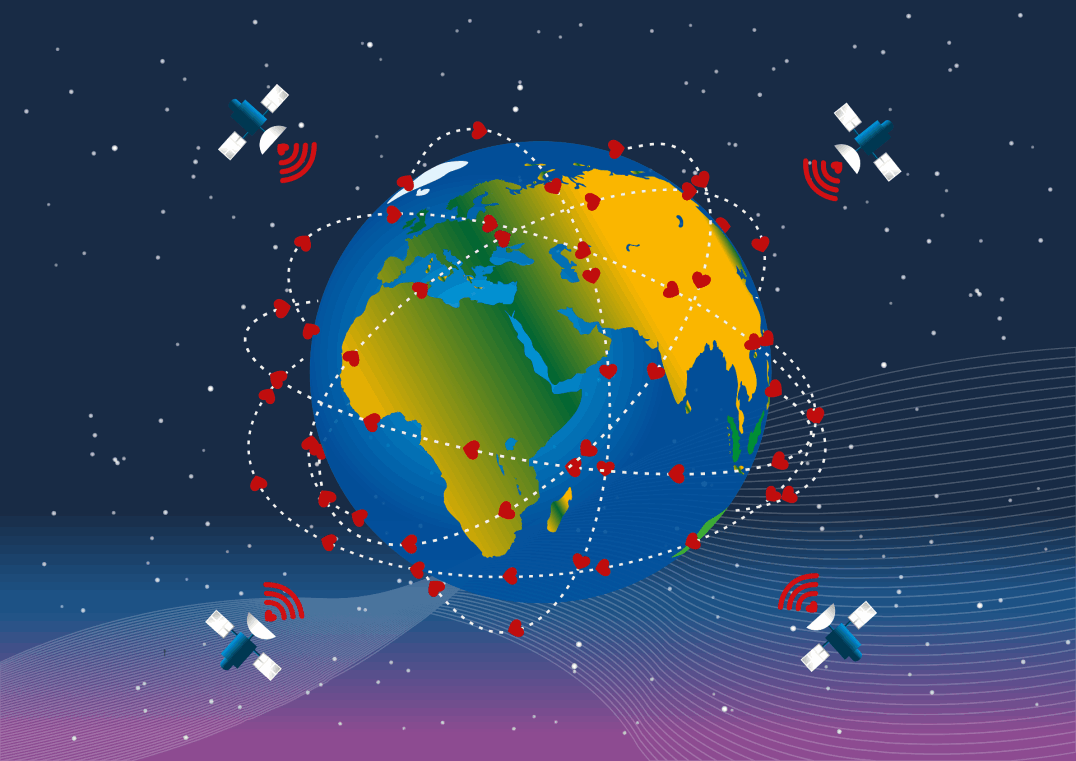
For example of what is considered the longest running Time Dilation experiment, you need go no further than your cell phone. The clocks on the GPS satellites in orbit run about 17 seconds a day fast compared to an identical clock on the earth's surface. Since they are at a relatively high geosynchronous orbit, the influence of gravity is less and, therefore, with reduced time dilation.